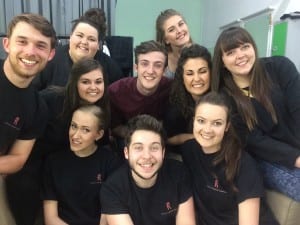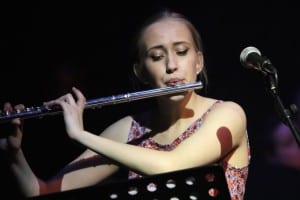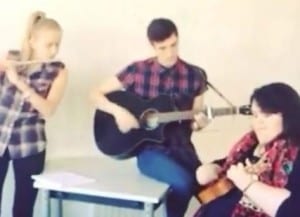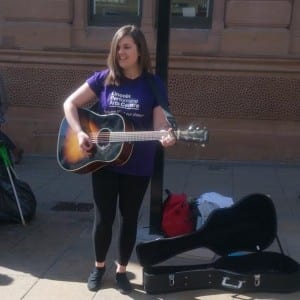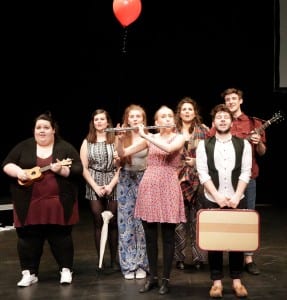
During our tech rehearsal, we had to adjust a few small things due to the larger spacing and lighting but our first dress run fortunately went rather well. This reduced any anxiety we had about the first performance. We fixed the few problems quickly and once everything was set in place. The only thing left to do was wait for the doors of the auditorium to open. We started the performance pre-set on the stage. Being able to see the audience as they came in only built my excitement. Previous to this point, we had only ever performed to each other, to the walls of our rehearsal rooms. I was excited for people to see what we have spent so long creating. I wanted to see their reactions and hear their responses.
The show ran reasonably smooth, it went so quick and I was completely engaged with the story we were telling. We took audience on our emotional roller coaster and used them as a source of energy to perform to our best ability. The feedback was incredibly positive. Hearing their response “One minute I was laughing and then I was crying” hearing them review the show only reassured me that we had done our job.
And then that was it. “Game over”
We have come to the end of our journey. It is strange to think a few months ago we did not even have a name for our company, we were just a group of people with a common goal: to create theatre. Now, we are Refract Theatre Company and we have finally took our first piece of theatre to the stage. We have put in a lot of work and spent many hours each week devising, creating and defining a performance we could all be proud of. The whole process has been thoroughly enjoyable and I feel fortunate to have worked with such a talented bunch of people.
